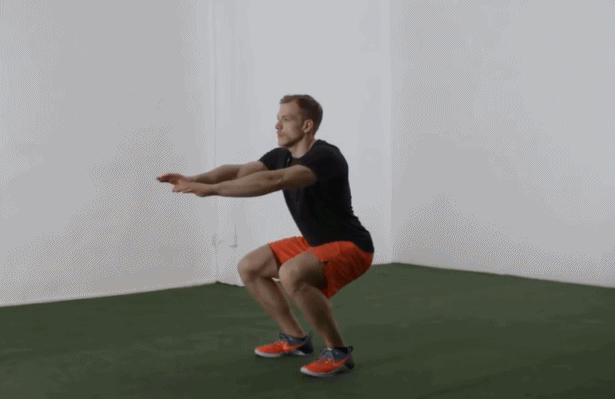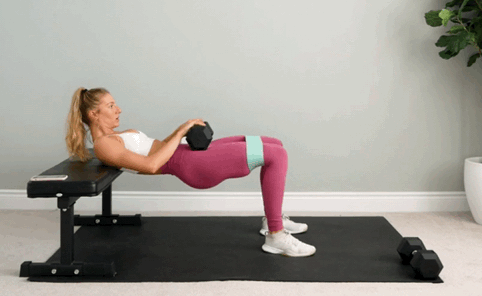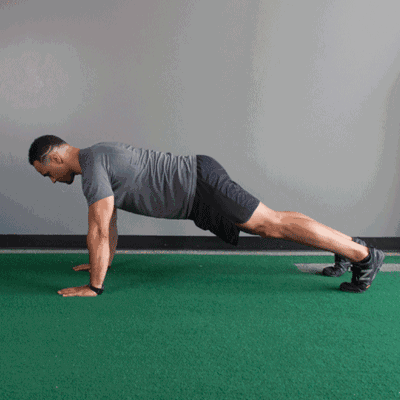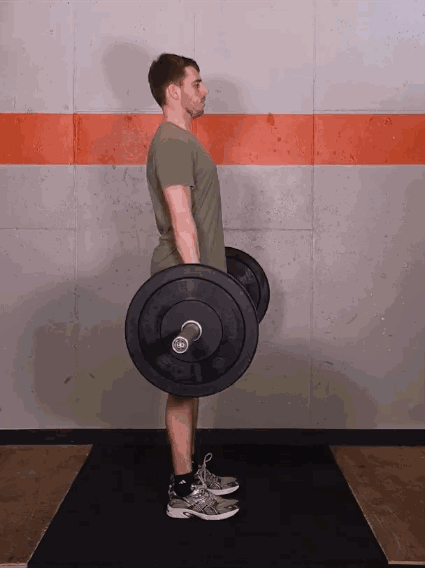Middle-aged individuals should prioritize these four strength training exercises to help prevent muscle loss
For middle-aged individuals, doing more of these four strength training exercises can help prevent muscle loss, maintain a high metabolic rate, avoid weight gain, and keep a youthful physique and abundant energy.

① . Squat
This exercise strengthens the lower body (quadriceps, gluteus maximus, hamstrings), improves the stability of the hip, knee, and ankle joints, and boosts testosterone secretion, which helps fight aging.
- Your feet should be shoulder-width apart or slightly wider, with your toes pointing slightly outward to help maintain balance.
- Lower into the squat by engaging your glutes. Throughout the movement, ensure your knees stay aligned with your toes to avoid inward or outward collapse.
- Keep your back straight and core engaged. Pause for one second when your thighs are parallel to the floor, then return to a standing position.
- Advanced variations: Add resistance (dumbbells/kettlebells) or try single-leg squats (e.g., Bulgarian split squats) or lunge variations.
②. Hip Thrust
This exercise activates and strengthens the glutes, counteracts gluteal weakness caused by prolonged sitting, and helps protect the lower back by reducing the risk of lower back pain.
Key Points:
- Start by lying on your back on a workout bench, with your feet flat on the ground and your knees bent.
- Place the weight (e.g., a barbell) across your hips, and thrust upward using the strength of your glutes.
- During the movement, keep your pelvis stable—avoid rocking forward or backward.
- Advanced training: Add resistance using a barbell or resistance bands.
③. Push-Up
This exercise targets the chest, shoulders, and triceps, while also strengthening core stability. Compared to the bench press, push-ups are safer and more functional.
- Place your hands on the ground slightly wider than shoulder-width apart, with fingers pointing forward.
- Keep your body in a straight line from head to toe, engage your core, and keep your back straight.
- Slowly bend your elbows to lower your body; aim to bring your chest close to the ground without touching it. Keep your elbows from flaring out excessively.
- If strength is limited, start with knee push-ups.
- Advanced variations**: Diamond push-ups (to target triceps more) or weighted push-ups.
④. Deadlift
This is a full-body exercise targeting glutes, legs, back, and core. It helps develop functional strength (e.g., lifting heavy objects), protects the spine, strengthens the posterior chain (hamstrings, erector spinae), and helps prevent lower back pain.
Key Points:
- Start with your feet shoulder-width apart and the barbell close to your shins.
- Squat down and grip the barbell with both hands while keeping your back straight and core engaged.
- Lift the barbell by driving through your legs and glutes until your body is fully upright.
- Throughout the movement, keep the barbell close to your body to avoid straining your lower back.
Notes:
- Warm-up: Before strength training, perform 5–10 minutes of dynamic stretches (e.g., high knees, cat-cow pose) to increase joint mobility, activate muscle groups, and reduce injury risk.
- Train within your limits: Beginners should prioritize proper form over heavy weights. Once you're confident in your technique, gradually increase the load.
- Balance rest and training: Avoid overtraining. Schedule 2–3 sessions per week. For each exercise, perform 3–4 sets of 8–12 reps, resting no more than 90 seconds between sets.




